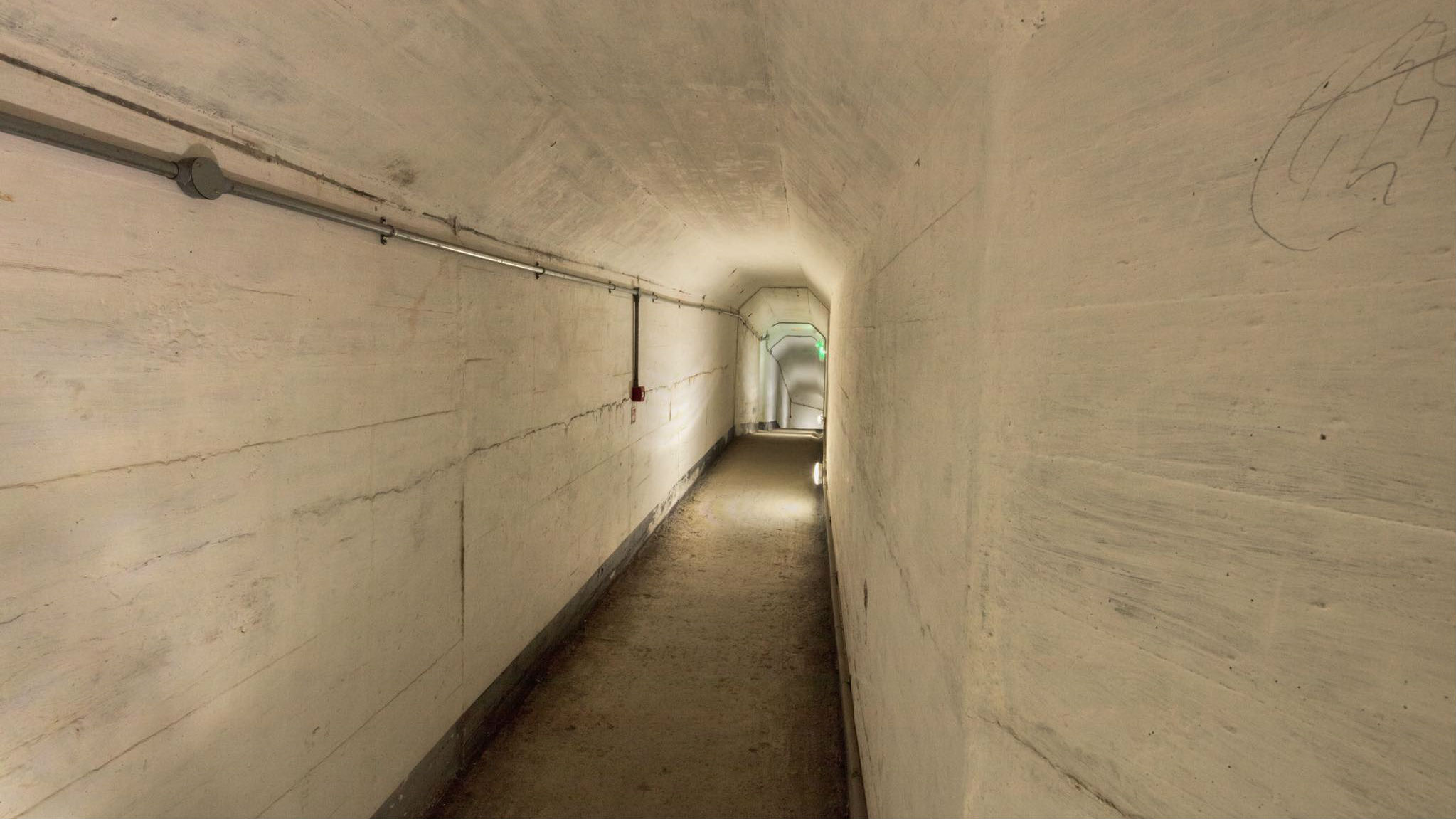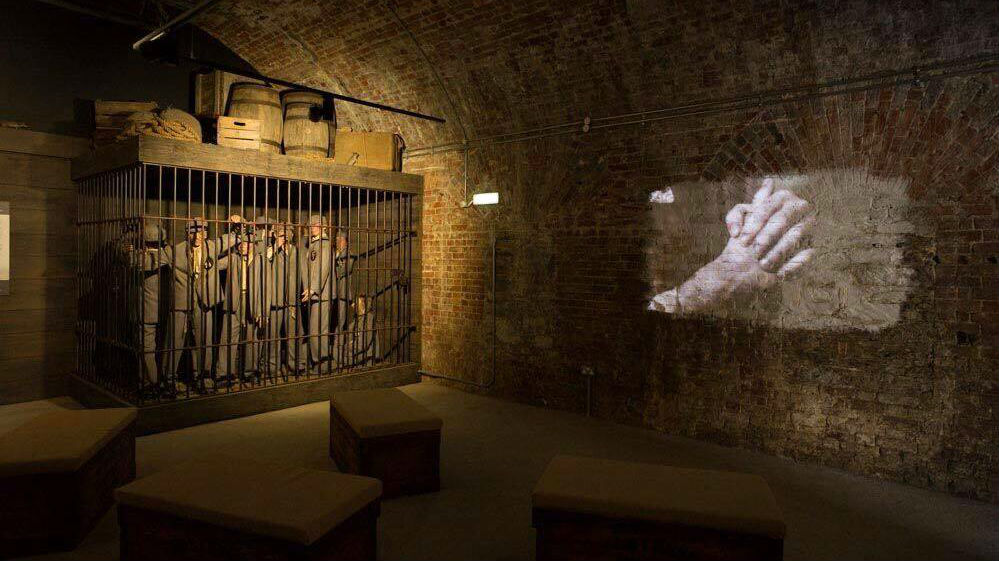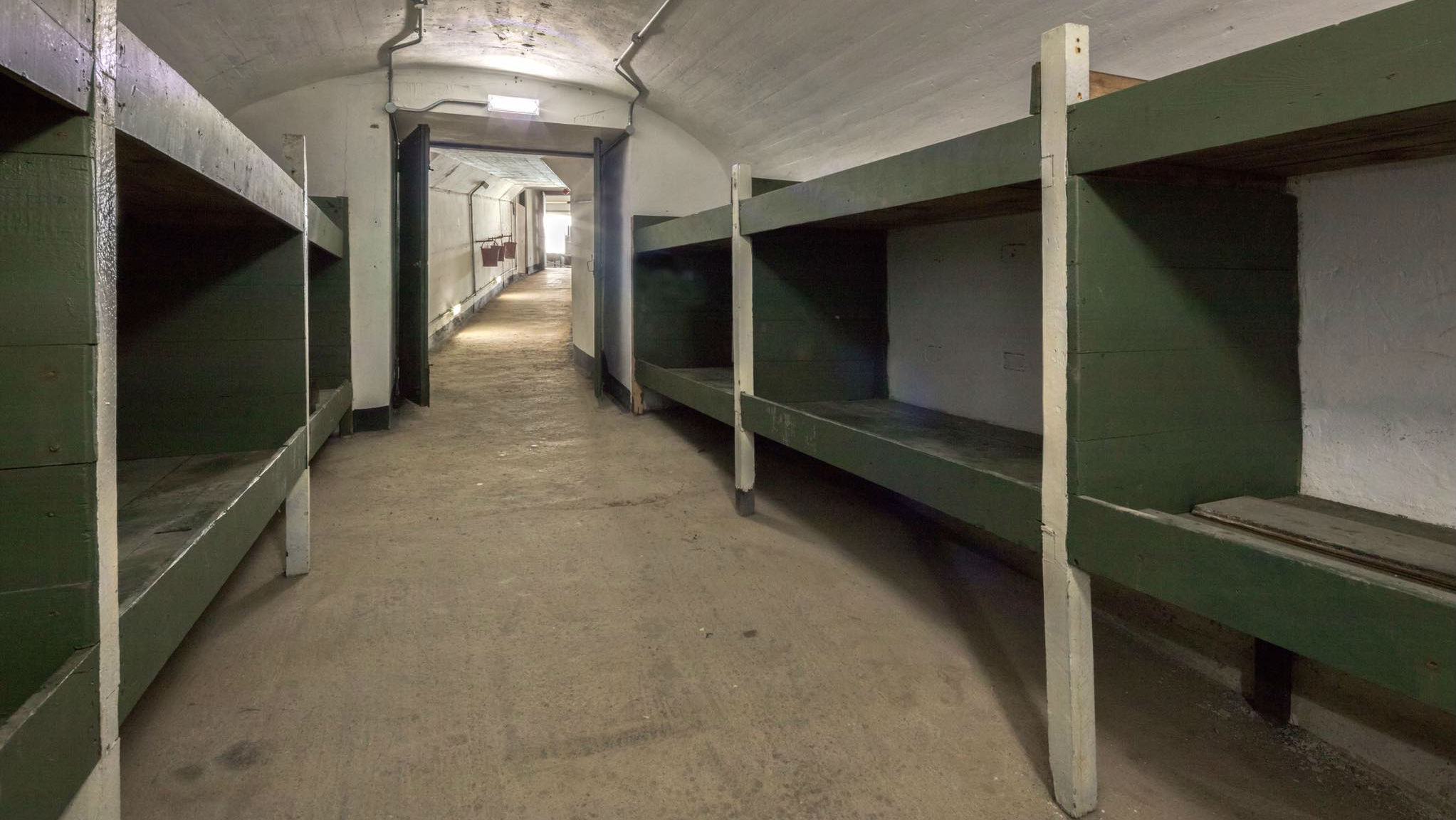Ireland’s beauty — vast rolling hills, impossibly green valleys, and dramatic sea cliffs — can be found in every corner of the country. While that beauty extends to Spike Island off the coast of Cork, beneath the surface lies a sinister past that dates back centuries. The Spike Island prison has been dubbed “the Alcatraz of Europe,” and has been the site of some of Ireland’s most heinous acts of humanity. However, this dark history only fuels visitors’ morbid curiosity, which is why it’s now one of the most visited (and most fascinating) tourist sites in all of Europe.
The history of Spike Island dates back more than 1,300 years to the 7th century, when it was founded as a monastery. After British occupation in the 18th century, it was subsequently used as a military fortress and eventually a detention center for prisoners destined to serve out their sentences in Australia. The 103-acre island functioned as a prison through 2004 before being closed due to deplorable living conditions. After recognizing its potential as a tourist site, the country spent more than €5 million ($5.8 million) to upgrade its infrastructure. It reopened for tours in the summer of 2016, and today visitors can reach the island by boat via Cobh port.
- 1. Fortress Spike Island, Cork/Facebook
- 2. Fortress Spike Island, Cork/Facebook
- 3. Fortress Spike Island, Cork/Facebook
The prison hosts tours year-round — all include stops at the cell blocks and the site of one of the prison’s most famous riots in 1985. However, the Spike Island After Dark tour is an exceptionally unique way to experience the island as it explores the darkest, seediest aspects of the prison’s sordid past. Over the centuries, many prisoners attempted to take their own lives, many were tortured, and even more spent years in solitary confinement, largely forgotten about.
In the 1850s, it was the largest prison in the world and overcrowding fueled much of the mistreatment and foul conditions. This all earned Spike Island the moniker of “Ireland’s hell.” Today, mass graves dot the grounds, and ghost stories abound of prisoners who still haunt its cell blocks. It’s also become a requisite stop on the tours of paranormal television shows like Ghost Hunter International, Cork Paranormal Investigators, and GhostEire.
Spike Island was ranked “Leading Tourist Attraction” at the 2017 Europe Travel Awards, topping out even the Eiffel Tower, Buckingham Palace, and the Colosseum in Rome. The win completes a hat-trick for Ireland, who also won last year and the year prior for the Titanic in Belfast and the Guinness Storehouse in Dublin respectively. The island will now move to the Grand World Final in Vietnam to represent all of Europe.
Feature image courtesy of Fortress Spike Island, Cork/Facebook






